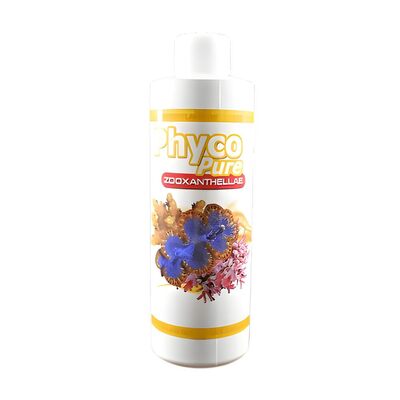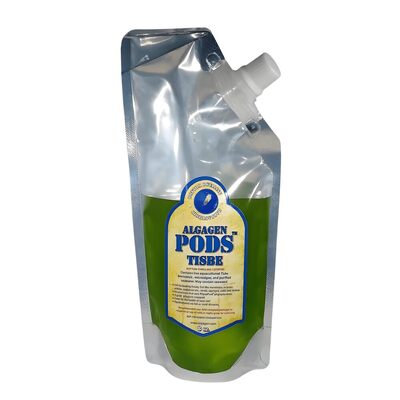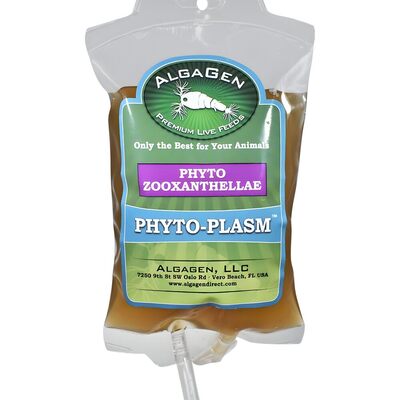Algae blooms can be a frustrating surprise after introducing zooxanthellae to your reef tank. While zooxanthellae are essential for coral health and vibrant color, sudden changes in light, nutrients, or water quality can tip the balance and fuel unwanted algae growth. Here’s how to fix algae blooms after adding zooxanthellae, restore tank clarity, and keep your corals thriving.
Why Algae Blooms Happen After Adding Zooxanthellae
Zooxanthellae are symbiotic algae that live inside coral tissue, providing up to 90% of the coral’s energy through photosynthesis. When you add zooxanthellae cultures or boost their population, you may also increase the available nutrients (like nitrate and phosphate) in your tank, especially if light intensity or feeding is high. This can create ideal conditions for nuisance algae to take hold.
Step-by-Step: Fixing Algae Blooms
- Test and Reduce Nutrients: Use reliable test kits to check nitrate and phosphate levels. Elevated nutrients are the main driver of algae blooms. Perform partial water changes (20–50%) to dilute excess nutrients, and consider using phosphate removers or activated carbon if levels remain high.
- Adjust Lighting: Too much light or prolonged photoperiods can fuel both zooxanthellae and nuisance algae. Use a timer to limit lighting to 8–10 hours per day, and consider reducing intensity if possible. A PAR meter can help you fine-tune light for coral health without overdriving algae.
- Improve Filtration and Flow: Clean filter media, increase protein skimming, and boost water movement to prevent detritus buildup. Good flow helps keep nutrients suspended for removal and prevents algae from settling.
- Add Algae Grazers: Introduce snails, tangs, blennies, or other herbivores to naturally control algae. These grazers will consume nuisance algae and help restore balance.
- Consider a UV Sterilizer: UV sterilizers are highly effective at clearing green water and free-floating algae spores. They can help quickly restore clarity during a bloom.
- Manual Removal: Use an algae scraper or pad to clean tank walls and remove as much algae as possible before water changes. Siphon out debris from the substrate.
- Blackout Treatment (if needed): For stubborn blooms, turn off tank lights and cover the aquarium for 1–2 days. Ensure good aeration during this period, as algae consume oxygen when dying off.
Tips for Preventing Future Algae Blooms
- Feed fish and corals sparingly to avoid excess nutrients.
- Establish a regular water change schedule to keep nitrate and phosphate in check.
- Add fast-growing macroalgae or floating plants to outcompete nuisance algae for nutrients.
- Monitor light intensity and photoperiod, especially after adding new zooxanthellae or corals.
- Acclimate new corals slowly to avoid stress and sudden changes in zooxanthellae populations.
For a deeper understanding of zooxanthellae’s role in coral health and aquarium balance, see What is Zooxanthellae: Tiny Algae, Huge Impact.
Want more algae control strategies? Read Summer Algae Control with Live Phytoplankton for natural solutions that work year-round.
- Test and lower nitrate/phosphate to starve nuisance algae.
- Limit light intensity and duration to prevent blooms.
- Boost filtration, flow, and add algae grazers for natural control.
- Manual removal and UV sterilizers can speed up recovery.
- Prevent future blooms with regular maintenance and balanced feeding.
| Action | Effect on Algae | Status |
|---|---|---|
| Water Change | Reduces nutrients | Essential |
| Lighting Control | Limits algae growth | Highly Recommended |
| Filtration/Flow | Removes debris, prevents buildup | Essential |
| Algae Grazers | Natural algae removal | Beneficial |
| UV Sterilizer | Kills algae spores | Supplemental |
“Algae blooms after adding zooxanthellae are a sign your tank’s balance needs a reset. With a few careful adjustments, you can restore clarity and support healthy, vibrant corals.”
Conclusion
Algae blooms after adding zooxanthellae are common but manageable. By reducing nutrients, controlling lighting, improving filtration, and adding natural grazers, you can quickly restore your tank’s balance. Regular maintenance and careful monitoring will keep both your zooxanthellae and your corals healthy for the long term.






Recent post